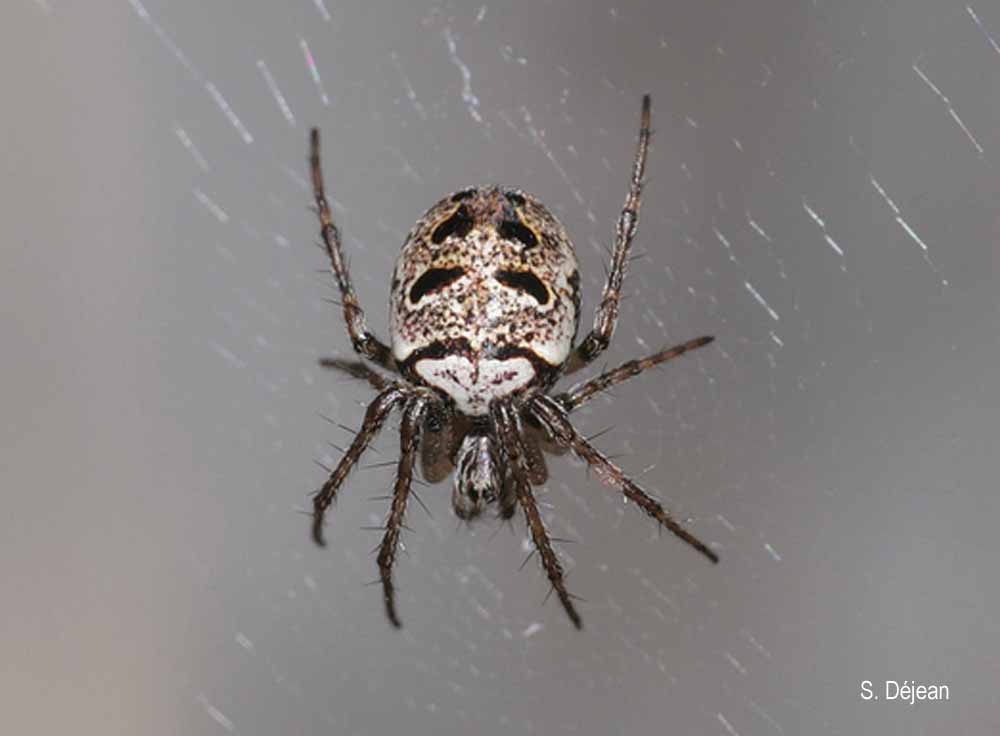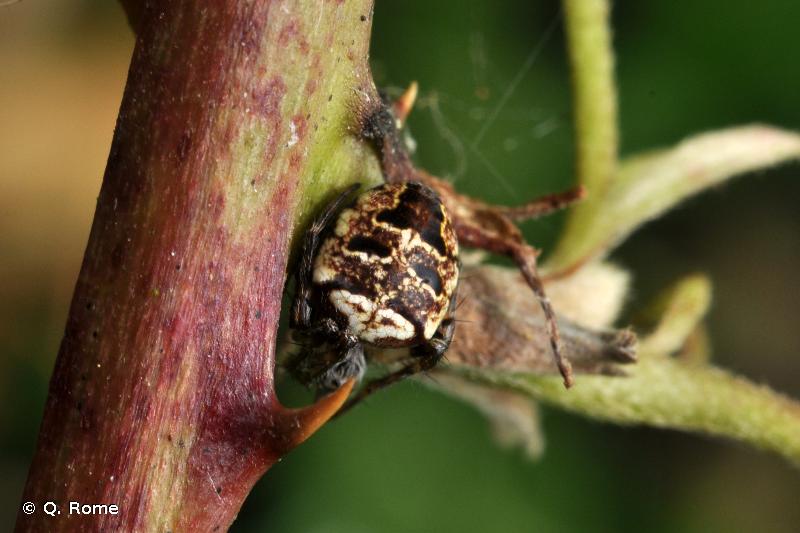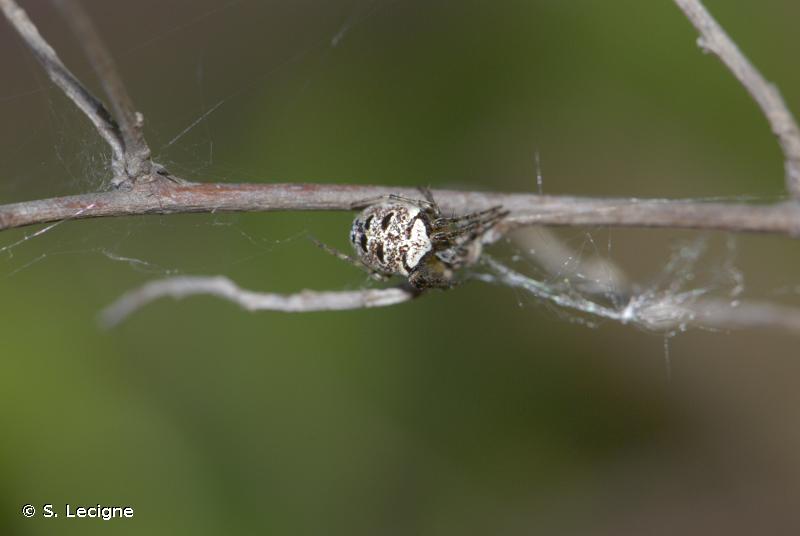
cd_nom

| Author : S. Déjean |
 |
To get the picture, please visit:
Sylvain Déjean
Biodiversité et gestion des territoires
Université de Rennes 1
SPN, Av du Gal leclerc
30042 Rennes Cedex
email: alain.canard@univ-rennes1.fr
Legend: Montgauzy
Any reuse of one or more photographs on this site is subject to an authorization request from the author.
Link to the Code of Intellectual Property (Legifrance)

| Author : Q. Rome |
 |
To get the picture, please visit:
Quentin Rome
Muséum national d'Histoire naturelle
UMR7205 CNRS
Entomologie CP50 - Service Hymenoptera
45 rue Buffon 75005 Paris
courriel : rome@mnhn.fr
Despite the Creative Commons license, please inform the author of the use which will be made of his photo

| Author : J.-J. Milan |
 |
To get the picture, please visit:
Jean-Jacques Milan
http://jjmphoto.fr/#Galeries.B
Société linnéenne de Bordeaux
email : jean.jacques.milan@wanadoo.fr
Despite the Creative Commons license, please inform the author of the use which will be made of his photo

| Author : S. Lecigne |
 |
To get the picture, please visit:
Sylvain Lecigne
inpn@mnhn.fr
Despite the Creative Commons license, please inform the author of the use which will be made of his photo
Distribution mondiale
Europe centrale et méridionale,
Caractères distinctifs, espèces
Taille - femelle : 3-5 mm, mâle : 2-3 mm.
Cette petite épeire présente un dessin abdominal caractéristique avec, sur un fond brunâtre, deux taches noires suivies d'un triangle sombre et une tache médiane claire. L'ensemble a l'aspect d'une tête de mort. L'espèce est la seule du genre en France.
Milieux colonisés
Elle colonise la végétation dense des buissons, des haies, les branches basses d'arbres. Elle est commune dans les jardins surtout dans la végétation à feuilles persistantes.
Chasse
La toile est assez grande pour une épeire d'aussi petite taille. Elle est tissée de façon très dense, avec un très grand nombre de spires et l'originalité de rayons renforcés dans leur portion périphérique. L'araignée se tient sur la toile sans construire d'abri.
Développement, cycle
Le cycle est annuel. Les adultes sont présents d'avril à juin, les femelles survivent jusqu'en juillet-août. Les pontes ont lieu en été, les jeunes apparaissent dans leurs milieux dès la fin de l'été.
A. Canard(Université de Rennes/Service du Patrimoine Naturel, MNHN),2014
Continental
Metropolitan France
Overseas
Marine
Metropolitan France
Overseas
The map presents a summary at the 10 x 10 km grid of the observation data for the species transmitted to the SINP. These data have been subjected to validation filters.
The map presents a reference distribution layer of the species at the scale of departments and marine sectors. The presence and absence data were established by expertise within a network of partners. This reference distribution is used in the validation process of the SINP data at the INPN level.
Corresponds to a report on the basis of at least one observation proved within a period of 10 years (20 years for little-known invertebrates) preceding the year and no presumption of extinction since obtaining the last data nor doubt on reproductive and implemented nature of this population. For migratory species, the presence indicated concerns areas of reproduction.
This status is based on one or more of the following criteria:
This point covers the absence, more difficult by nature to demonstrate than presence. This status is based on one or more of the following criteria:
This status must be assigned to a department in which the presence of the species is casual.
Particular case of absence due to a proven extinction less than a half century ago (older disappearances are treated as "no probable or definite").
In the state of knowledge, we can not comment on the presence or absence in the current department. This is the default status when not comprised in one of the previous categories or whenever there is doubt.
The map shows the global distribution of the species based on GBIF data (Global Biodiversity Information Facility).
